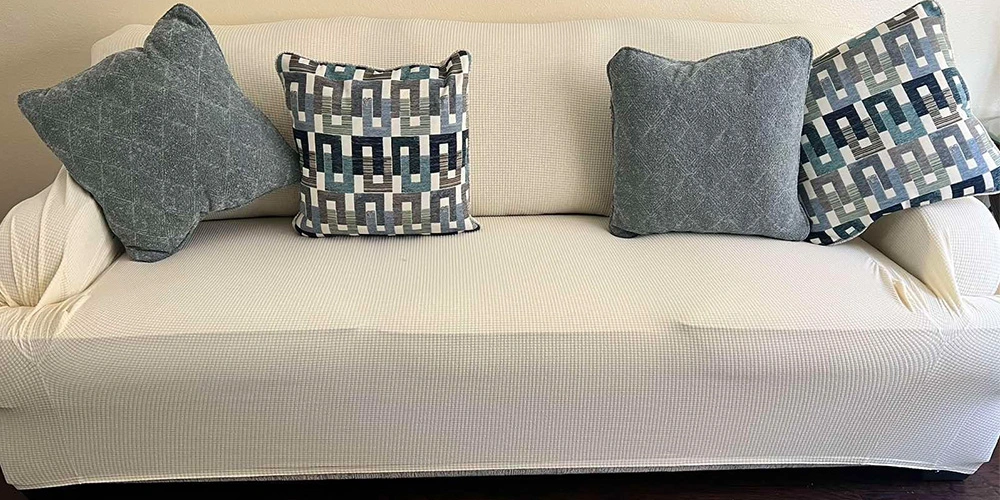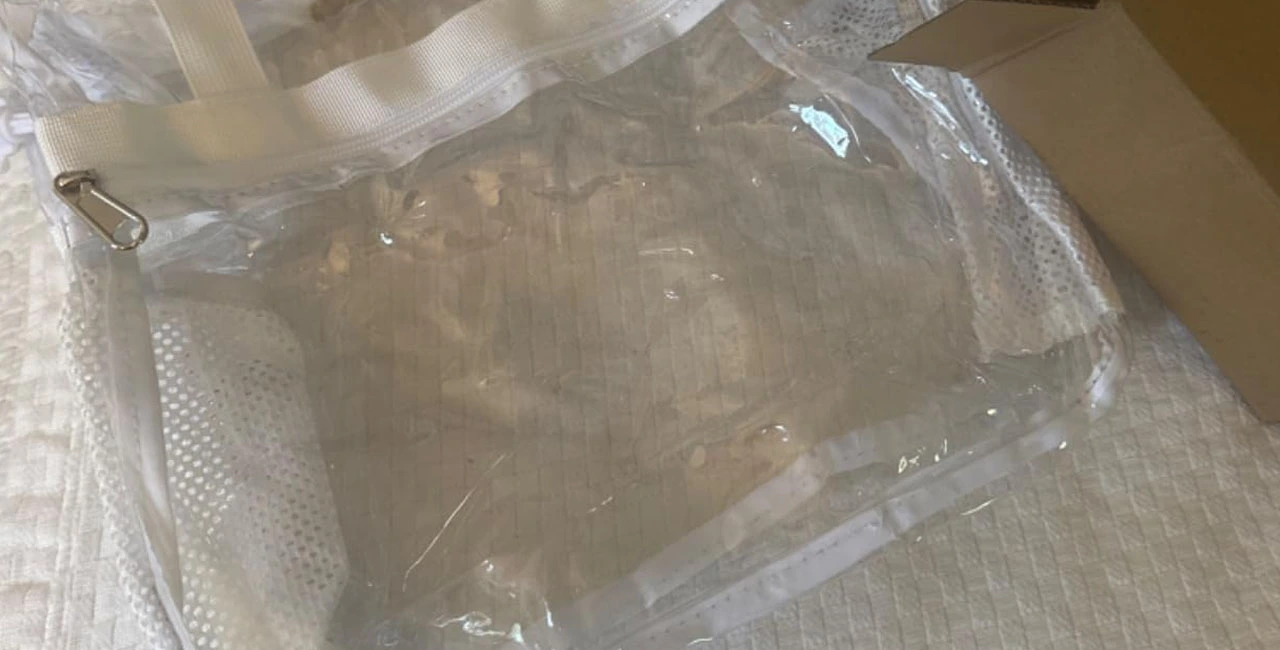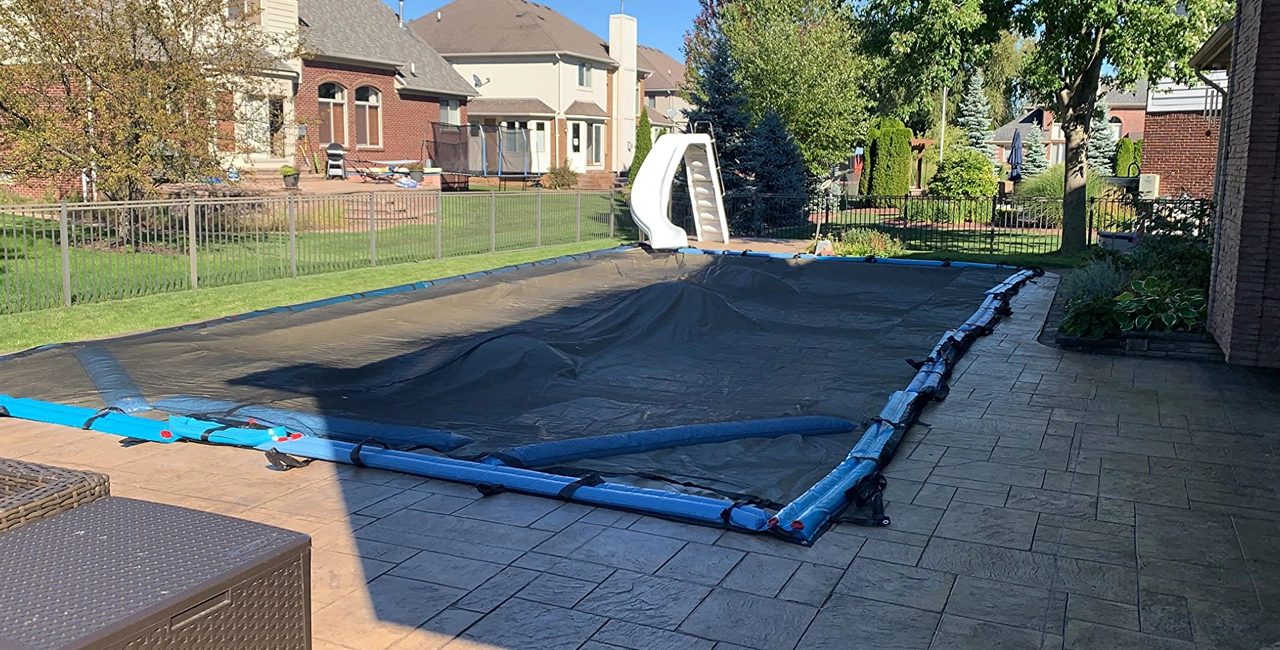1. European Union (EU) Environmental Requirements
The EU enforces some of the most stringent environmental standards for textiles, focusing on the restriction of hazardous substances, recycling, and sustainable production.
Key Regulations & Certifications
REACH Regulation (EC 1907/2006)
REACH (Registration, Evaluation, Authorization, and Restriction of Chemicals) is a comprehensive EU regulation aimed at protecting human health and the environment by ensuring thorough assessment and management of chemicals used in manufacturing. Under REACH, manufacturers and importers must register chemicals, assess related risks, and take measures to minimize hazardous exposure throughout a product’s life cycle.
Restrictions on oxford fabrics include:
Heavy Metals (e.g., Lead, Cadmium, Mercury, Chromium VI)
Lead (Pb) ≤ 0.05% (500 ppm)
Cadmium (Cd) ≤ 0.01% (100 ppm)
Hexavalent Chromium (Cr VI) ≤ 0.0003% (3 ppm)
Phthalates (Plasticizers): Substances of Very High Concern (SVHC) must comply with restriction standards. Common PU, PVC coatings must be tested for phthalate content.
Phthalates ≤ 0.1% (1000 ppm)
Alternative materials: phthalate-free PVC or TPU coatings.
Formaldehyde:
Direct skin-contact textiles ≤ 75 mg/kg
Non-direct skin-contact textiles ≤ 300 mg/kg
PFOS/PFOA (Perfluorooctane Sulfonate / Perfluorooctanoic Acid): Banned due to environmental and health risks. New EU standards require PFC-free (fluorine-free) alternatives such as C6 or C0 water-repellent coatings.
VOC (Volatile Organic Compounds): Emission limits during production and coating processes, e.g., Dimethylformamide (DMF) used in waterproof treatments must not exceed regulated thresholds.
OEKO-TEX® Standard 100
Certifies oxford fabric safety and environmental sustainability, ensuring:
No harmful substances
Low formaldehyde content
Low VOC emissions
Environmentally friendly dyeing and coating processes
Heavy metal content compliant with REACH
Applicable to products in direct skin contact, such as car seat covers, tents, and outdoor furniture covers.
EU Ecolabel
A voluntary environmental certification awarded to products with a lower environmental impact throughout their lifecycle. It ensures compliance with stringent standards related to energy efficiency, resource conservation, and pollution reduction.
Requires reduced water pollution, energy consumption, and carbon emissions during production.
Applied to high-environmental-standard oxford fabrics, such as eco-friendly car covers and recyclable awnings.
WEEE Directive & RoHS Directive
WEEE Directive (Waste Electrical and Electronic Equipment): Requires collection, recycling, and reuse of electrical and electronic products at the end of their lifecycle. Applicable to electronic devices with oxford fabric covers (e.g., outdoor appliance protective covers).
RoHS Directive (Restriction of Hazardous Substances): Limits hazardous substances in electrical and electronic products, ensuring safer consumer products and reduced environmental impact.
Other Bans
EU member states were required to legislate a ban on asbestos by the end of 2004.
Applicable Markets: Germany, France, Spain, Italy, Netherlands, and other EU countries.
2. United States (USA) Environmental Requirements
The U.S. focuses on chemical safety, flammability standards, and sustainable development in textile regulations.
Key Regulations & Certifications
California Proposition 65 (Safe Drinking Water and Toxic Enforcement Act of 1986)
Restricts over 900 toxic chemicals in oxford fabrics, including formaldehyde, lead, and phthalates.
Phthalates (Plasticizers)
Used in PVC, TPU, and PU coatings
Restricted to ≤ 0.1% (1000 ppm)
Regulated phthalates:
DEHP (Di(2-ethylhexyl) phthalate)
DBP (Dibutyl phthalate)
BBP (Benzyl butyl phthalate)
DnHP (Di-n-hexyl phthalate)
Alternatives: Phthalate-free PVC, TPU, silicone coatings.
Heavy Metals (Lead, Cadmium, Mercury, Chromium VI)
Lead (Pb) ≤ 0.01% (100 ppm)
Cadmium (Cd) ≤ 0.01% (100 ppm)
Mercury (Hg) banned
Hexavalent Chromium (Cr VI) ≤ 0.0003% (3 ppm)
Formaldehyde
Direct skin-contact products ≤ 75 mg/kg
Non-direct skin-contact products ≤ 300 mg/kg
Applicable products: Car seat covers, outdoor furniture covers, garments.
PFOS/PFOA Restrictions
Ban on PFOA/PFOS in waterproof and oil-repellent coatings.
Fluorine-free (C0) or short-chain fluorine (C6) alternatives required.
Flame Retardants
PBBs (Polybrominated Biphenyls), PBDEs (Polybrominated Diphenyl Ethers): Restricted use for flame-retardant oxford fabrics.
HBCD (Hexabromocyclododecane): Banned, previously used in industrial fireproof coatings.
Applicable Markets: California and all U.S. states, particularly those with high environmental standards, such as Washington.
CPSIA (Consumer Product Safety Improvement Act)
Applies to children's products (e.g., stroller covers, children's tents).
Requires:
Lead content ≤ 100 ppm
Phthalates ≤ 0.1%
OEKO-TEX® Standard 100 certification can be used to demonstrate CPSIA compliance.
EPA TSCA (Toxic Substances Control Act)
Restricts PFOA (Perfluorooctanoic Acid) and PFOS in manufacturing processes, commonly used in waterproof and oil-repellent coatings.
Other Bans
Asbestos: Restricted since 1971; full ban on manufacturing and use in 1992, with limited exemptions for specific paper products.
Applicable Markets: All U.S. states, particularly environmentally conscious regions like California and Washington.
3. China Environmental Requirements
China's environmental standards for textiles have been gradually increasing, focusing on formaldehyde content, pH value, heavy metal content, and flame retardancy.
Major Regulations & Certifications
GB 18401-2010 (National General Safety Technical Code for Textile Products) Applicable to domestically sold Oxford fabric products, classified into:
Category A (Infant Products): Formaldehyde ≤ 20 mg/kg, pH value 4.0-7.5.
Category B (Direct Skin Contact): Formaldehyde ≤ 75 mg/kg.
Category C (Non-Direct Skin Contact): Formaldehyde ≤ 300 mg/kg.
GB 31701-2015 (Safety Technical Code for Infant and Children's Textile Products) Specifically targets children's products (such as protective covers for strollers), with stricter requirements than GB 18401.
HJ 507-2009 (China Environmental Labeling Certification) Requires Oxford fabric production to minimize pollutant emissions and reduce energy consumption.
Other Prohibitions:
Asbestos: Banned since July 2002 for highly carcinogenic amphibole asbestos, though chrysotile asbestos is still conditionally permitted.
4. Japan Environmental Requirements
Japan's textile environmental standards emphasize safety, eco-friendly dyes, and low formaldehyde content.
Major Regulations & Certifications
JIS L 1041 (Japanese Textile Safety Standard) Specifies requirements for formaldehyde, pH value, heavy metal content, and odor control. Compliant Oxford fabrics can be used for clothing and outdoor gear.
JASO M 313-2005 (Automotive Seat and Interior Fabric Standard) Applicable to car covers, seat covers, and steering wheel covers, requiring light resistance, stain resistance, and flame retardancy.
Japan Eco Mark Applicable to low-pollution, recyclable materials such as RPET (recycled polyester) Oxford fabric.
Applicable Market: Japan, mainly for automotive products, apparel, and outdoor products.
5. Other Markets (Canada, South Korea, etc.)
Canada
CCPSA (Canada Consumer Product Safety Act - Textile Safety Standards) Focuses on children's products and outdoor products, restricting formaldehyde, flame retardants, lead, and urea-formaldehyde resin.
South Korea
KC Certification Requires Oxford fabric products to be non-toxic, environmentally friendly, and low in heavy metal content, especially for apparel and children's products.
Conclusion: Key Environmental Priorities by Country
Country/Region | Key Focus Areas |
EU | REACH (Hazardous Substances), OEKO-TEX (Eco-certification), RoHS (Electronics) |
USA | California Proposition 65 (Toxic Substances), CPSIA (Children's Safety), NFPA 701 (Flame Retardancy) |
China | GB 18401 (Safety Standards), GB 5455 (Flame Retardancy), HJ 507 (Eco-certification) |
Japan | JIS L 1041 (Safety), JASO M 313 (Automotive Seats) |

 English
English 

